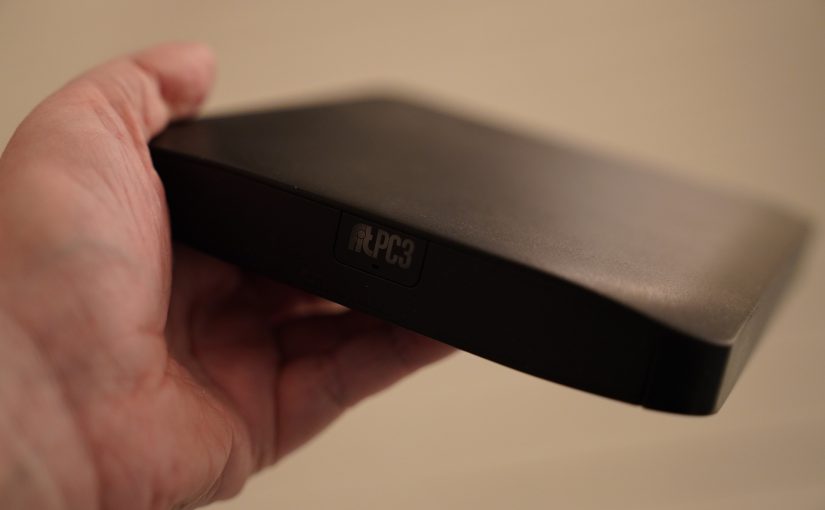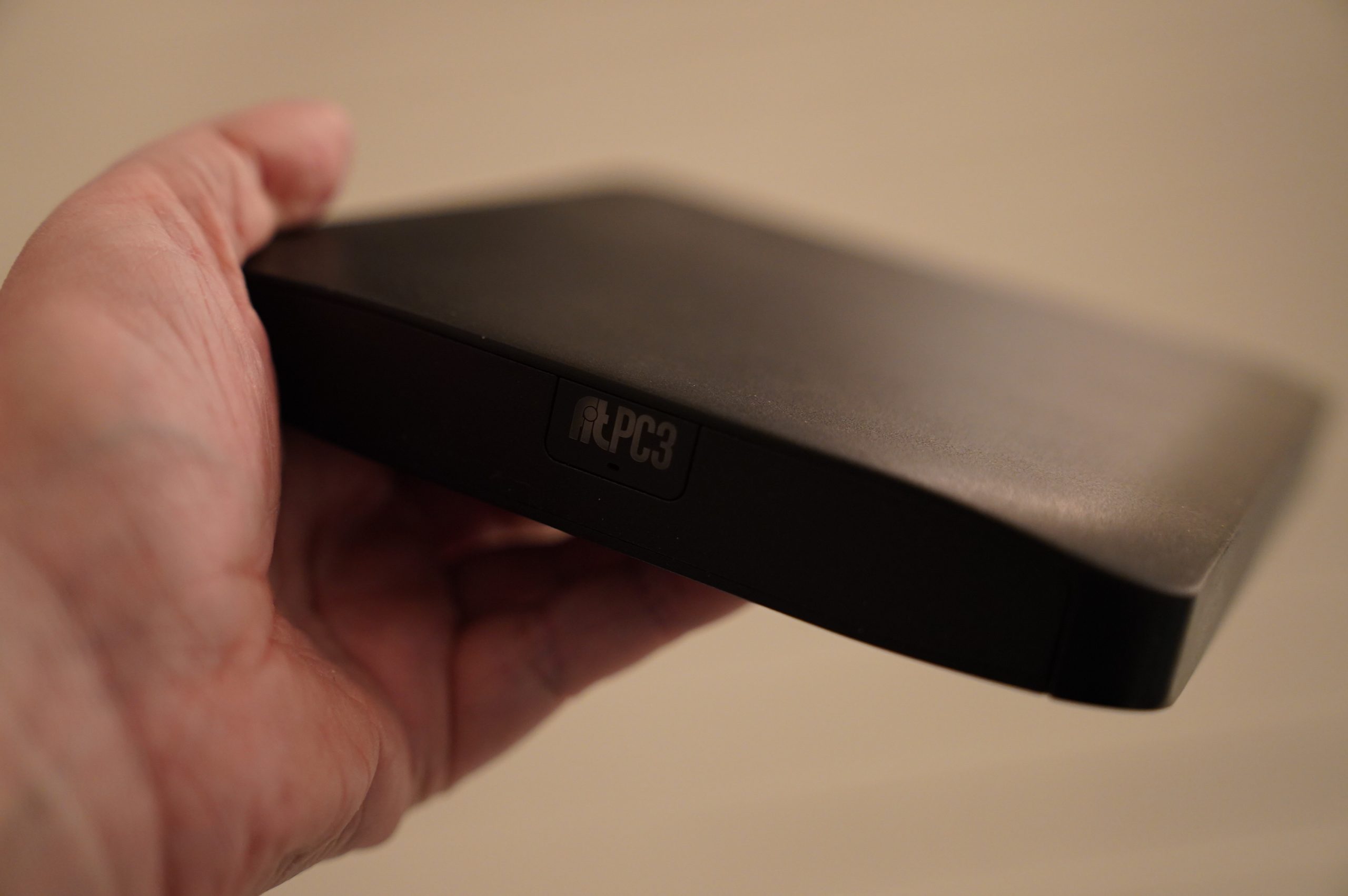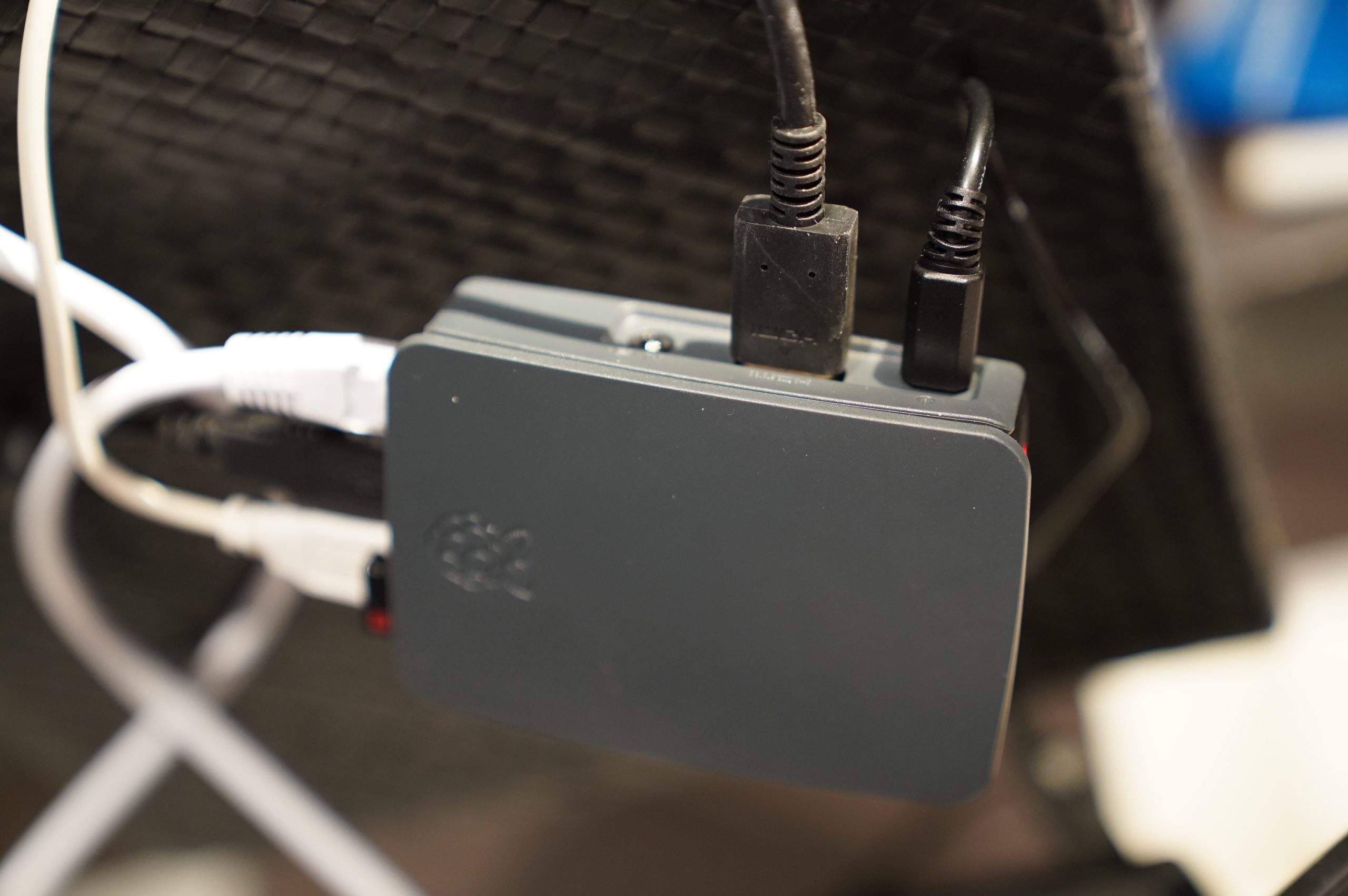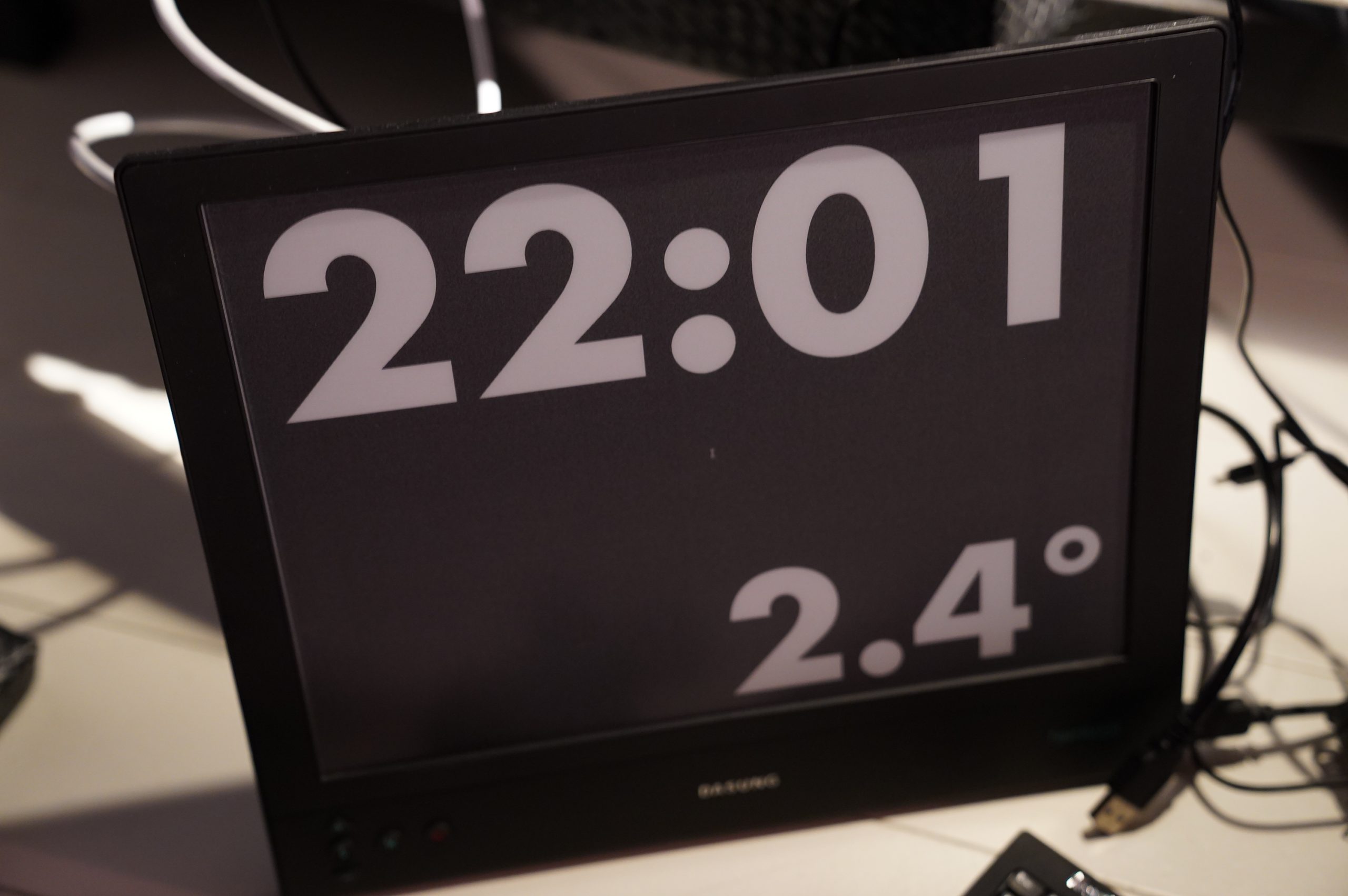A couple years back I bought a Dasung Paperline HD to use as an alarm clock, and it’s worked perfectly. However, the little FitPC computer I was using died today.
I was looking through the Cupboards of Mystery to see if I had anything here that I could replace it with, and I found a Raspberry Pi 3B. I assume everybody’s got a Raspberry Pi or two that they haven’t used for anything…
Setting up the Pi was fairly straightforward: The only problem was the power. The Paperlike HD is an HDMI monitor, but it’s USB powered, and the Pi doesn’t deliver enough power to drive it. Fair enough. More strange was that the Pi power source (bought with the Pi as a set) didn’t deliver enough power to even drive the ethernet port — that just seems weird.
I’m not a huge fan of Raspberry Pi — they seem to always be teetering on the edge of not working… and it’s often to do with the power supplies.
Anyway, I plugged into a powered USB hub instead, and that makes the ethernet port work.
Now the real problem, and why I’m writing this blog post: Getting the Pi to work with non-standard HDMI resolutions is kinda under-documented? I spent several hours googling and trying out weird stuff until I found a page with a hint. So I thought I’d sum it up here, in case somebody is googling the same stuff. Here’s some keywords: Raspberry Pi, RPi, 3B, HDMI, odd resolution, that should be enough:
framebuffer_width=2200 framebuffer_height=1650 max_framebuffer_width=2200 max_framebuffer_height=1650 hdmi_group=2 hdmi_mode=87 hdmi_cvt=2200 1650 30 0 0 0 0
The Dasung screen is a 2200×1650 HDMI device, apparently all these lines are needed. At least, if I remove any of them, the screen is displayed wrong in one dimension or another. The most important thing here is “hdmi_cvt”, which has a format of width/height/refresh per seconds.
This goes into /boot/config.txt.
And now:
Presto! The alarm clock is working.
Now I just have to stuff all the cables back into the box again.



